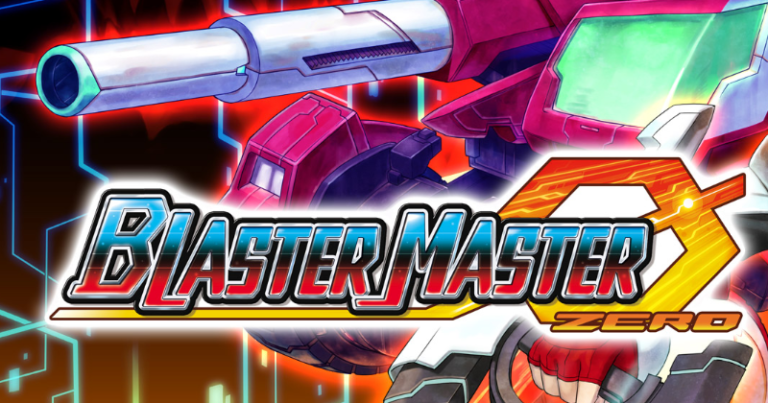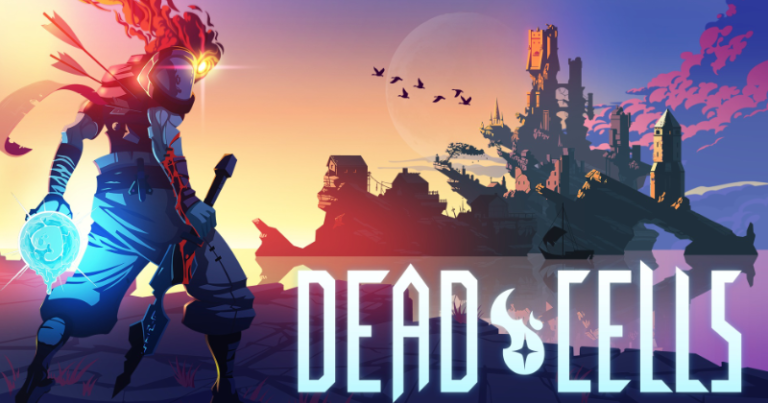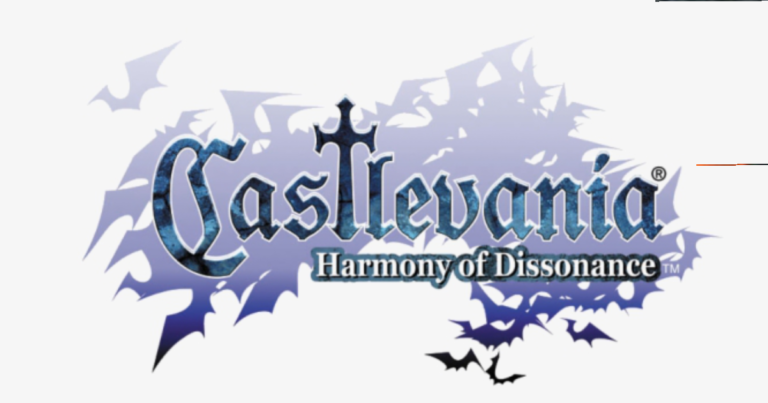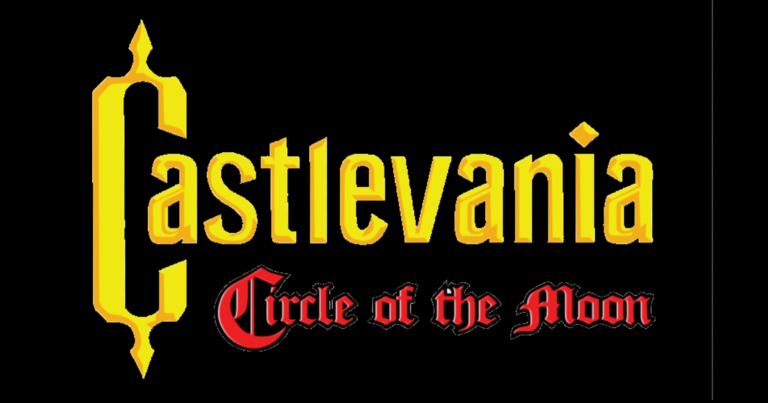Posted inPC
Review – Blaster Master Zero (PC)
Growing up in the 80s, my friends and I played a lot of NES games. One of our absolute favorites was Blaster master. It had a lot of unique elements to it for the time, specifically, the back and forth exploration of areas, and the cool car, which you could eject from. Though at the time there wasn't a term for it, it was very much in the vein of Metroidvania games. Mostly open world exploration, returning to zones with new abilities and upgrades, all very much hallmarks of that type of game. The series seemed to, not really go…




